
NEWS
Airshow opened | 43 technological achievements of Shanghai Academy of Spaceflight Technology make the first public appearance, with a contract value of RMB 15,556 million
发布时间:
2024-11-25 15:29
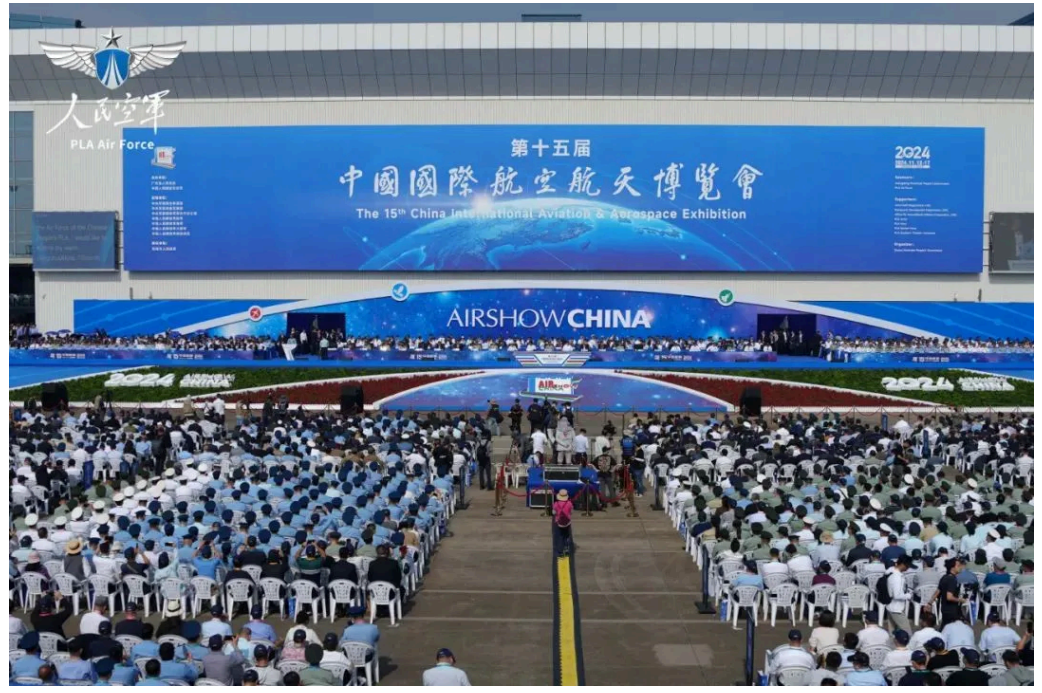
On November 12, the 15th China International Aviation and Aerospace Exhibition was held in Zhuhai. As a major player in China’s science and technology industry of national defense, Shanghai Academy of Spaceflight Technology showcased 43 products at the airshow, demonstrating the scientific and technological achievements of Shanghai Academy of Spaceflight Technology in missiles, launch vehicles, satellites, spacecraft, and other related fields from various perspectives. These 43 products were displayed in various forms such as physical displays, models, dynamic presentations, and interactive experiences.
On the first day, China Aerospace Science and Technology Corporation held a significant project signing ceremony. Shanghai Academy of Spaceflight Technology signed cooperation agreements with the National Satellite Meteorological Center, China Great Wall Industry Corporation, Aerospace Long-march International Trade Co., Ltd., Shanghai Gas (Group) Co., Ltd., etc. The scope of businesses covers the aerospace, defense, and space technology application sectors, with a total project value of RMB 15,556 million.
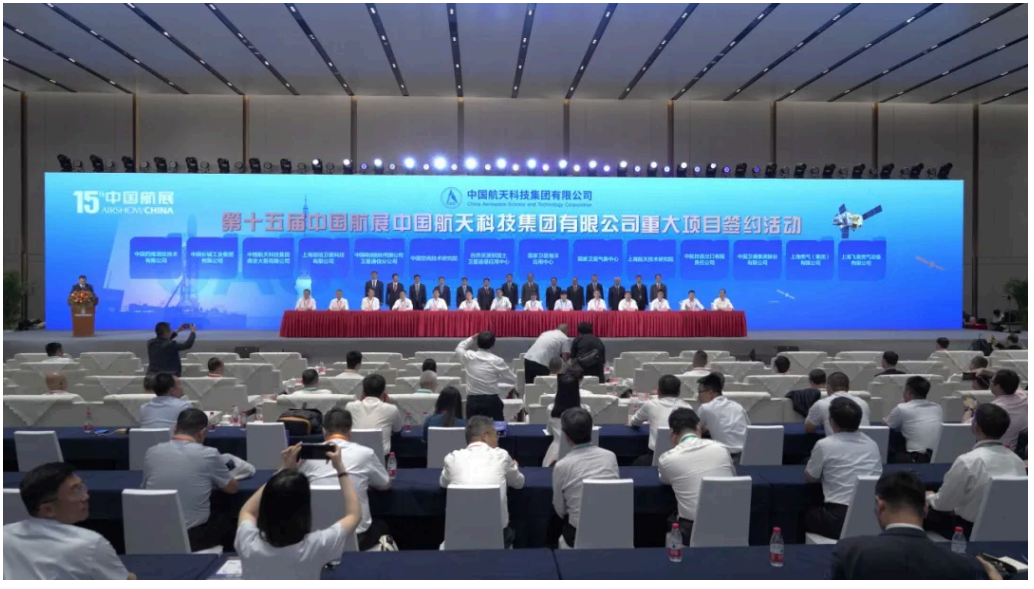
Shanghai Academy of Spaceflight Technology presented several highlights at this year’s airshow. In the weaponry category, it presented a comprehensive defense and counter-drone system as a fortress of layered protection. For the commercial space market, the new-generation Long March 6C and the Long March 12, China’s first launch vehicle with a diameter of 3.8m, were displayed. In support of national welfare and public services, the world’s first geostationary microwave meteorological satellite was shown. In advanced manufacturing, Shanghai Academy of Spaceflight Technology showcased the friction stir material increase manufacturing equipment for producing high-efficiency, high-performance, and high-precision large industrial components. For the low-altitude economy, it displayed advanced drone propulsion systems and intelligent drone life-extension equipment.
Airshow China (Zhuhai)
Defense Equipment
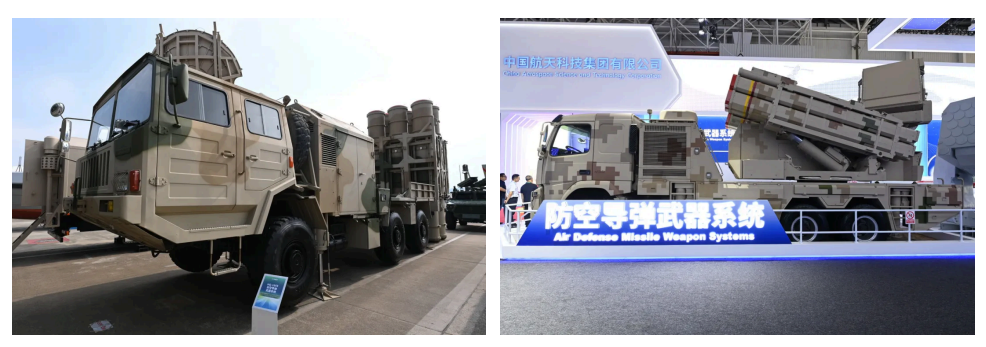
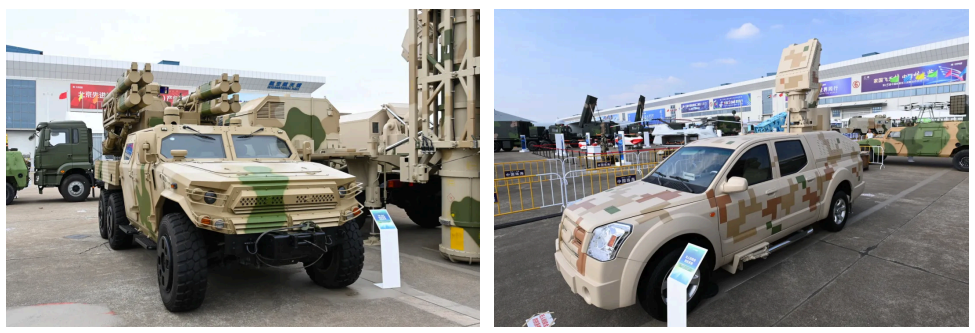
In the defense equipment area, a range of medium-range, short-range, and terminal defense weapons demonstrated the capabilities and advantages of the defense and counter-drone system featuring land-sea-air joint operations, layered engagement, and rotational deployments. Notable exhibits included the HQ-16FE rapid-response air defense missile, the LY-70 mobile battlefield system, the FB-10A terminal defense missile, and the “Eagle Eye” integrated defense and anti-drone system. Together, these systems form a flexible integrated air defense network capable of creating an impenetrable firepower web or being deployed in distributed formations to confuse and neutralize threats, offering effective protection for key areas/points, urban airspace, and mobile operations.
Airshow China (Zhuhai)
Launch Vehicle
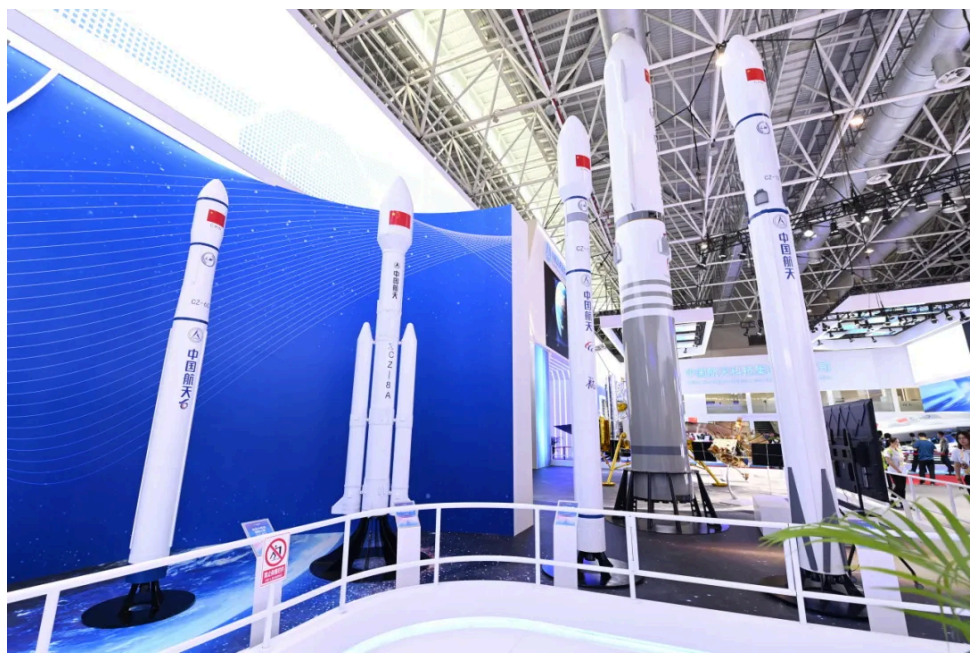
In the launch vehicle section, two new launch vehicles took center stage, fostering a dynamic force in the commercialization of Long March launch vehicles. The Long March 6C, which had its maiden flight in May, is a “new-generation launch vehicle” with three distinct features: a “simple structure” with a single-core, two-stage design; “high payload capacity”, with a payload capacity of no less than 2.4 tons for deploying satellites into a 500-kilometer sun-synchronous orbit; and “broad adaptability”, compatible with satellite fairings up to 4.2 meters in diameter. The Long March 12 is China’s first single-core liquid-fuel launch vehicle with a diameter of 3.8 meters. Its two-stage design includes a first stage powered by four 1,250-kN liquid oxygen/kerosene engines and a second stage with two 180-kN liquid oxygen/kerosene engines. It has payload capacities of no less than 12 tons and 6 tons for deploying satellites into a near-earth orbit and a 700-kilometer sun-synchronous orbit, respectively. With standard fairing diameters of 5.2 and 4.2 meters, it is adaptable to various missions. Its innovative rocket airframe with a 3.8-meter diameter optimizes the rocket airframe-to-engine ratio and allows railway transportation to all launch sites nationwide despite the barriers posed by mountains and seas. The Long March 12 is set for its maiden flight soon at China’s first commercial launch site in Wenchang, Hainan.

The newly introduced stacking separation mechanism combines the functions of traditional multi-satellite adapters and separation mechanisms. By stacking satellites layer by layer like building blocks, it makes optimal use of the internal space of the fairing. With improvements in the link mechanism and the design of a flywheel release system, it can realize the simultaneous separation of multiple satellites while reducing the risk of collisions. This mechanism can meet the requirement of single launch of at least 20 satellites, with individual satellites weighing no less than 500 kg, offering high efficiency, high performance, and high reliability.
Airshow China (Zhuhai)
Application Satellite
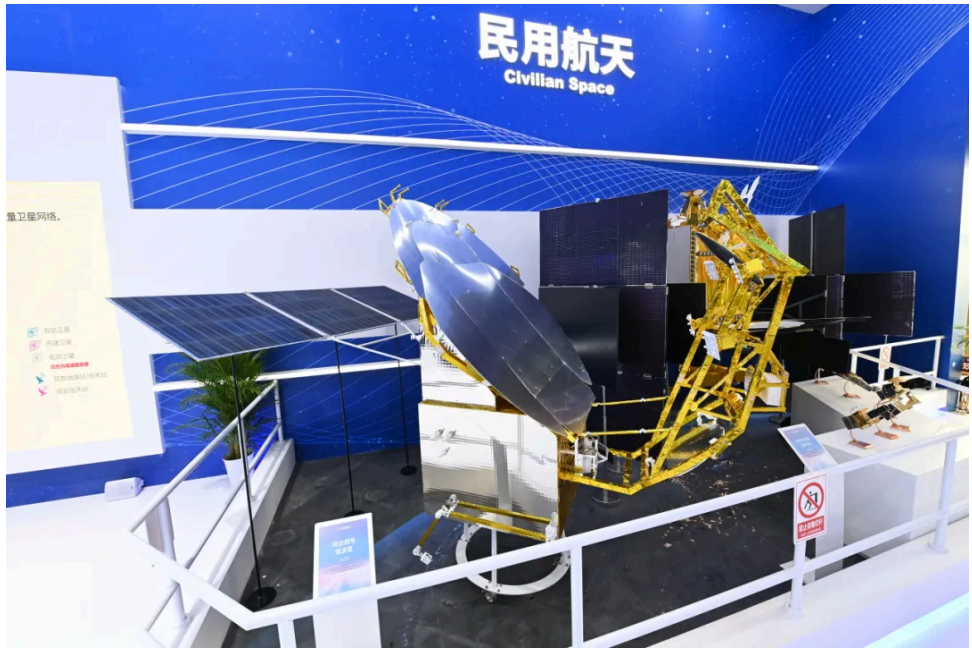
In the application satellite exhibition area, the world’s first geostationary microwave meteorological satellite was displayed. It aims to bridge the gap in the field of global meteorological satellite detection, resolving technical problems such as high-precision microwave detection from geostationary orbit, development of space-based large-diameter high-precision solid-surface antennas, continuous maneuvering with high stability, and precise microwave navigation and registration. It will achieve the high-frequency, real-time monitoring of disaster weather events like typhoons and basin-wide precipitation and their processes of changes, addressing the world gap in high-frequency atmospheric profile detection in cloud and rain zones. This will greatly enhance forecasting and early-warning capabilities, including predictions of typhoon paths and intensity, marking a significant milestone in the development of meteorological satellites in China and worldwide. The satellite is expected to launch around 2026.

In addition, Shanghai Academy of Spaceflight Technology also displayed a satellite maneuvering ground station product designed to provide integrated measurement, operation, and control services for the rapidly expanding commercial satellite market.

In the aerospace technology application exhibition area, the friction stir solid-state material increase manufacturing equipment, co-developed with Macau Institute for the Development and Quality, was demonstrating the printing of components. The advantage of this technology lies in its ability to avoid material melting and form forged structures, producing products with performance levels surpassing casting and welding parts, reaching or even exceeding forged parts. The equipment adopts a bridge-type moving gantry structure and an integrated bed, featuring a small occupied area, high integration level, multi-mode control system, and automatic loading/unloading. It can effectively meet the market demand for producing high-efficiency, high-performance, and high-precision large industrial-grade components.
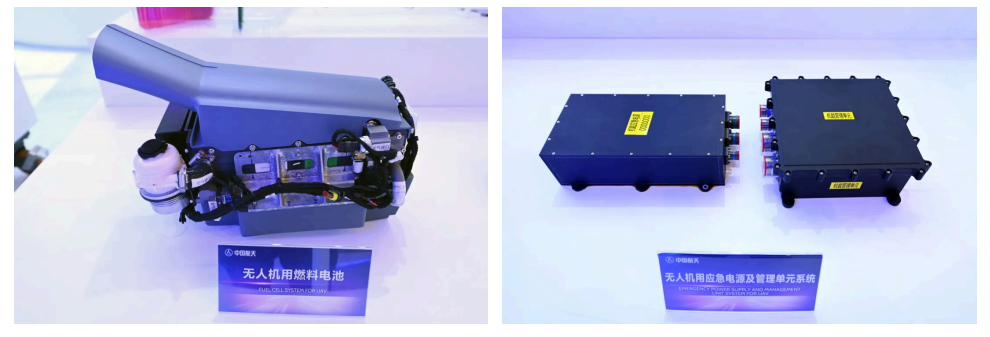
Others displayed include energy products for the low-altitude economy market, including fuel cells and emergency power supplies for drones, referred to as the “super strong heart” and “intelligent life-extension equipment” for drones.
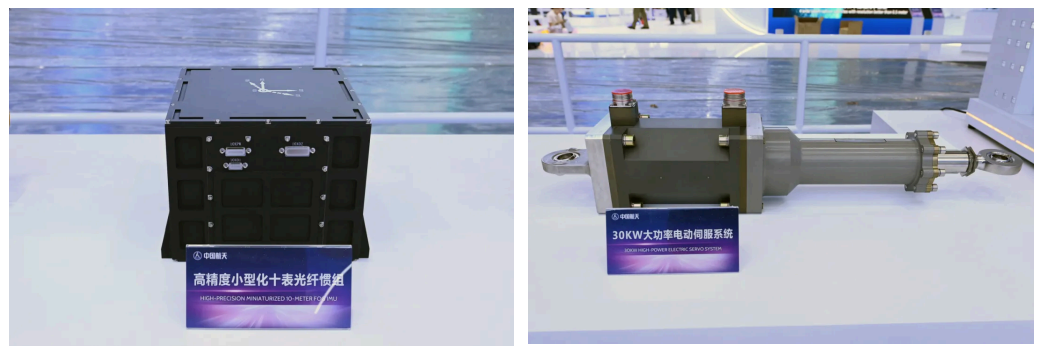
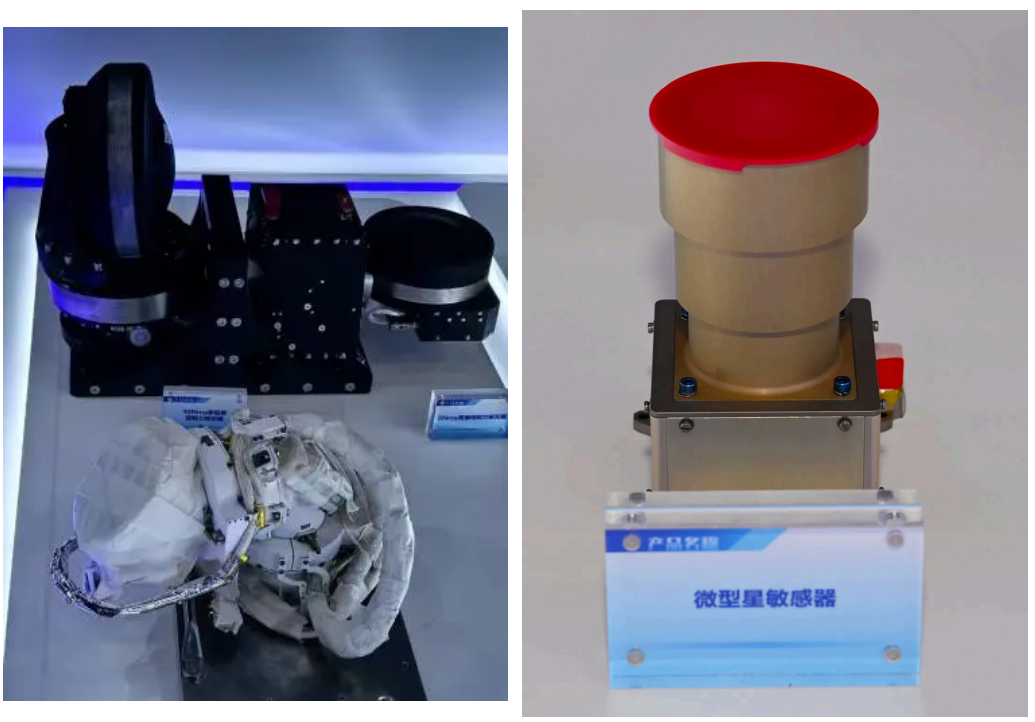

Focusing on the commercial space market, Shanghai Academy of Spaceflight Technology also displayed the High-precision Miniaturized 10-meter Fogimu, known as the “Eye of Launch”, the “Popeye” high-power electric servo system for launch vehicles, the control moment gyroscope for spacecraft, known as the “Anchor of the Sea”, the high-reliability ultra-miniature star tracker for improved satellite imaging, the “space-grade anti-shake” magneto-fluid angular velocity sensor, the powerful flexible ion propulsion system, and other single machine products.
Since 1996, Shanghai Academy of Spaceflight Technology has grown alongside the airshow. Over the past 28 years, it has transitioned from showcasing single-model products to presenting a diverse range of products across multiple fields. Its exhibits are continually advancing, and its technological capabilities are steadily improving. The diversity, interactivity, and influence of the airshow have also expanded, offering a valuable display platform for enterprises in the science and technology industry of national defense.